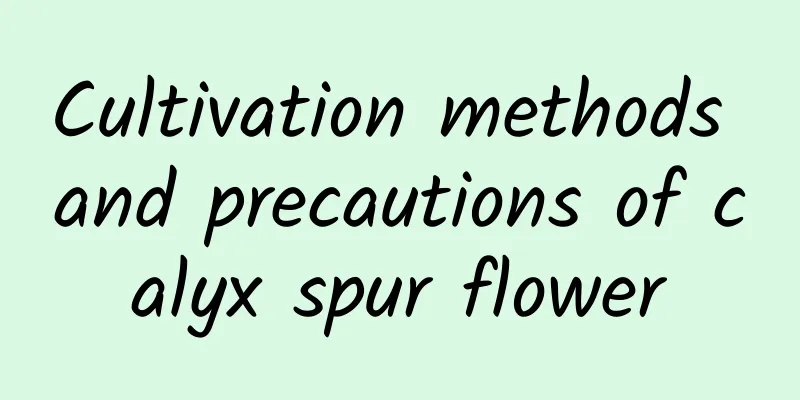How to grow clematis

Clematis Growing ConditionsClematis likes light and a humid environment. It prefers alkaline soil with good drainage. Keeping the plant breathable helps prevent diseases. The most suitable temperature for Clematis growth is 21-25℃ during the day and 15-17℃ at night. How to grow clematisTo grow clematis, you need to provide well-drained, fertile alkaline soil. Water it to keep the soil moist without any accumulation of water. It needs full sunlight and can be shaded in summer. Not too much fertilizer is needed. Apply liquid fertilizer once every half a month during the growth period. In addition, it needs to be pruned in autumn and winter and during the flowering period. Watering ClematisThe temperature in summer is very high and water evaporates quickly, so you can water the plants three times a week. In winter, the temperature is relatively low, so once a week is enough. You should also spray water mist to increase the humidity. Fertilizing ClematisClematis needs to be fertilized before it grows and blooms. Fertilization can be done with fermented rice water or diluted beer water. These two natural fertilizers have sufficient nutrients and have almost no irritating effect on the plants. Clematis pest and disease controlThe pests of clematis include red spider mites and caterpillar moths, which can be killed by spraying with carbofuran emulsifiable concentrate. The diseases include wilt, powdery mildew, viral diseases, etc., which can generally be sprayed with antibacterial agent 401 acetic acid solution. How to grow Clematis at home1. Soil When growing clematis at home, use loose, fertile, and weakly alkaline soil with relatively high drainage capacity. You can use a mixture of leaf mold, coconut coir, and peat as its culture soil. 2. Lighting Clematis needs sufficient light to grow. You can usually place it in the sun for full sunlight. However, when the light is very strong in summer, it still needs proper shading, otherwise its leaves will be burned. 3. Moisture When watering clematis, be sure to water it after the soil is dry. Generally, you can water it as long as the soil 2-3cm below the soil surface is dry. The soil needs to be kept in a state of alternating dry and wet. 4. Fertilization When fertilizing Clematis, you should pay attention to applying thin fertilizers frequently. Fertilizers need to be decomposed, not raw fertilizers. The fertilizers need to be diluted. Do not apply too concentrated fertilizers, and do not apply too much fertilizer at one time. Clematis maintenance precautionsWhen growing clematis, you need to pay attention to the management of water and fertilizer. When you observe that the soil is dry, you must add water in time. Never allow water to accumulate in the soil. When clematis sprouts new buds in spring, apply compound fertilizer to it, and apply phosphorus and potassium fertilizers when its flower buds differentiate. |
<<: How to cultivate Nepenthes to grow a cage
>>: How to maintain purple bamboo and make it grow well
Recommend
What to do if the leaves of lotus bamboo turn yellow: Can I cut them? How to fertilize them? How to remedy it?
1. Can it be cut? If the improper method is used ...
When does kumquat bloom and how to care for it when it blooms?
1. When does it bloom? Kumquats usually bloom fro...
Pineapple Planting Methods
Pineapples have a unique appearance, with spirall...
Cultivation methods and precautions of Golden Edge Agave
Golden Edge Agave is resistant to barrenness and ...
Can lilies bloom without sunlight? Do they need sunlight during their flowering period?
1. Can flowers bloom without sunlight? Lily is a ...
Can melon seed shells be used as fertilizer in flower pots (use the eaten melon seed shells as soil to grow flowers)
Can melon seed shells be used as flower fertilize...
If you grow one of these “4 types” of lucky trees in your living room, your life will be full of good luck and vitality!
bamboo Bamboo, known as one of the three friends ...
When and how to plant lilies
1. When to plant It is necessary to choose the ri...
Cultivation methods and precautions of African ice grass
1. Soil African ice grass has a strong growth abi...
"White sugar" is available in every household. Use it to water flowers and the yellowing leaves of asparagus fern will disappear!
The shaping can be accomplished through acquired ...
How much is the yield of Solanum nigrum per mu?
Solanum nigrum yield per mu Solanum nigrum is als...
Does alum root prefer shade or sun?
Does alum root prefer shade or sun? Alum root is ...
How to cultivate red spider lily
Growth conditions of red spider lily Red spider l...
How many times can sugarcane be planted in a year? When should sugarcane be planted?
How many seasons can sugarcane be planted in a ye...
Can the dragon claw locust be planted in the yard?
Can I plant Sophora japonica in the yard? Sophora...









